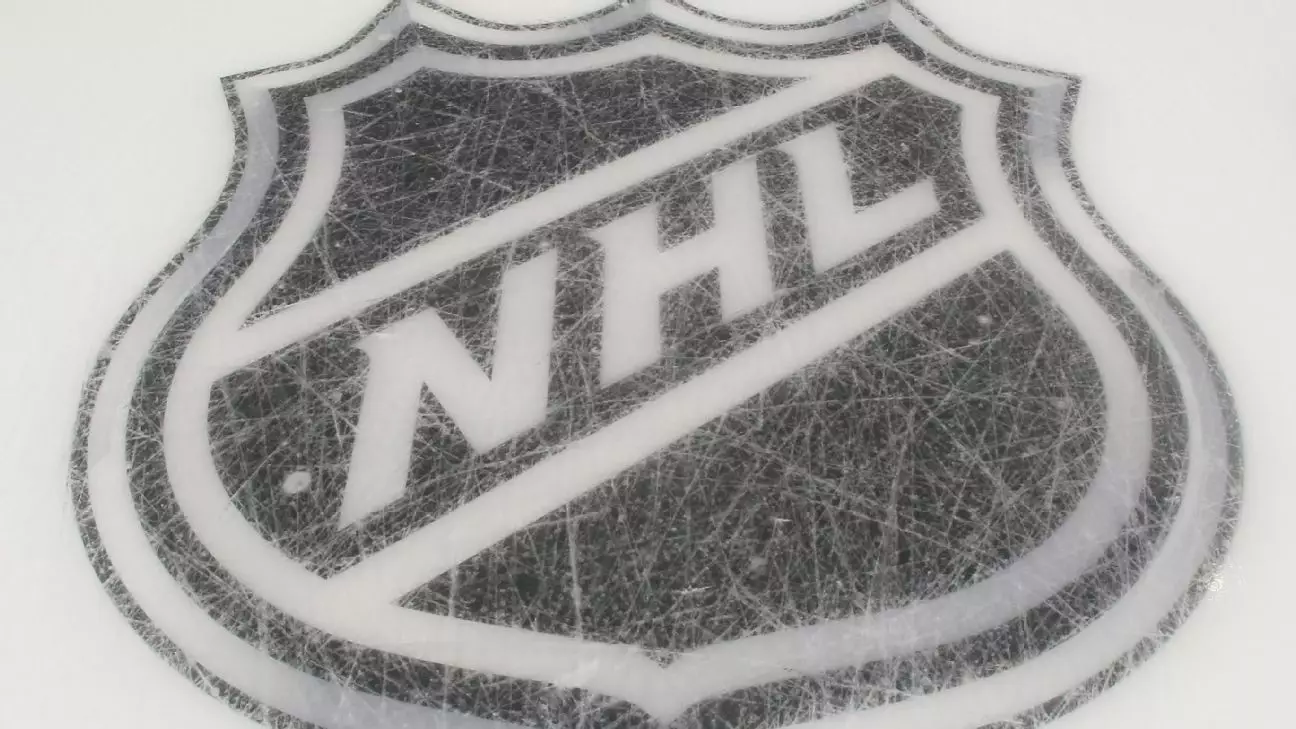The National Hockey League (NHL) is set to usher in a new era with its upcoming 2025 draft, scheduled for June 27-28 at the renowned Peacock Theatre in Los Angeles. This marks a significant shift in how the league conducts its draft, a highly anticipated event in the hockey calendar. The pivotal announcement aligns with evolving practices in professional sports, as the NHL adopts a decentralized format akin to those established by the NFL and NBA. With this transformation, the NHL aims to enhance the draft experience not only for team executives but also for fans and players alike.
A standout feature of the 2025 draft will be the presence of NHL Commissioner Gary Bettman, who will take on an unprecedented role. Having been the face of the league since 1993, Bettman plans to announce each first-round pick himself, a departure from past practices where team representatives were the ones delivering selections. “Hopefully there won’t be too many hard [names] to pronounce,” Bettman remarked, showcasing his characteristic humor. This proactive involvement from Bettman, however, comes with mixed feelings from hockey fans, who have often used his public appearances as an opportunity to express their dissatisfaction with the league’s decisions.
Bettman’s decision to step into the limelight aligns with feedback from the teams, as he stated, “And remember, the clubs asked for this.” This suggests that the shift is more than just a personal initiative; it appears to be a collective response to the evolving needs of franchise owners and management. By centralizing the announcement process, the NHL seeks not only to streamline operations but also to create a more unified experience for fans watching from home.
In yet another departure from tradition, the 2025 draft will employ a decentralized model where teams can participate virtually from their home cities. This format had already gained traction during the pandemic when logistical concerns necessitated virtual meetings. The lessons learned over the past few years have illuminated the advantages of remote participation, including the ability for teams to better prepare for and manage their selections. Bettman noted this transition, emphasizing that while physical presence can enhance excitement, the practicality of virtual attendance is hard to overlook.
The introduction of this new model invites scrutiny regarding how it might affect team dynamics and the atmosphere of the event itself. One wonders whether the absence of in-person representation will diminish the drama typically associated with draft night, where fans often witness the excitement of teams celebrating their new talents together in a shared space.
The NHL’s event leadership, spearheaded by President of Events and Content Steve Mayer, is also signaling a commitment to a more engaging and visually stimulating presentation. “Prospects and our fans can expect a first-rate event with a new look and creative approach,” Mayer stated, hinting at innovative changes yet to be revealed. This promise of a revamped experience indicates that the NHL is attentive to the desires of its audience, seeking an enhanced fan experience that aligns with current entertainment trends.
Indeed, the past few drafts have shown the potential of modern presentation methods, as evidenced by last year’s spectacle held at Sphere in Las Vegas. The use of massive screens and cutting-edge technology created a truly immersive atmosphere. Yet, Bettman acknowledged the practical challenges associated with such ambitious settings, particularly the associated costs. Transitioning back to a more traditional venue in Los Angeles could serve as an opportunity to strike a balance between production quality and financial sustainability.
As the NHL prepares for its draft in 2025, the changes on the horizon signal a willingness to adapt and innovate. With Gary Bettman stepping into a more central role and the introduction of remote participation for teams, the league aims to redefine the narrative surrounding its premier selection event. Fans will be keen to observe whether these adjustments yield a more cohesive and vibrant draft experience, one that honors both tradition and the evolving landscape of sports entertainment. As anticipation builds, the upcoming draft is poised to be a hallmark occasion, showcasing hockey’s enduring ability to innovate while cherishing its rich heritage.

